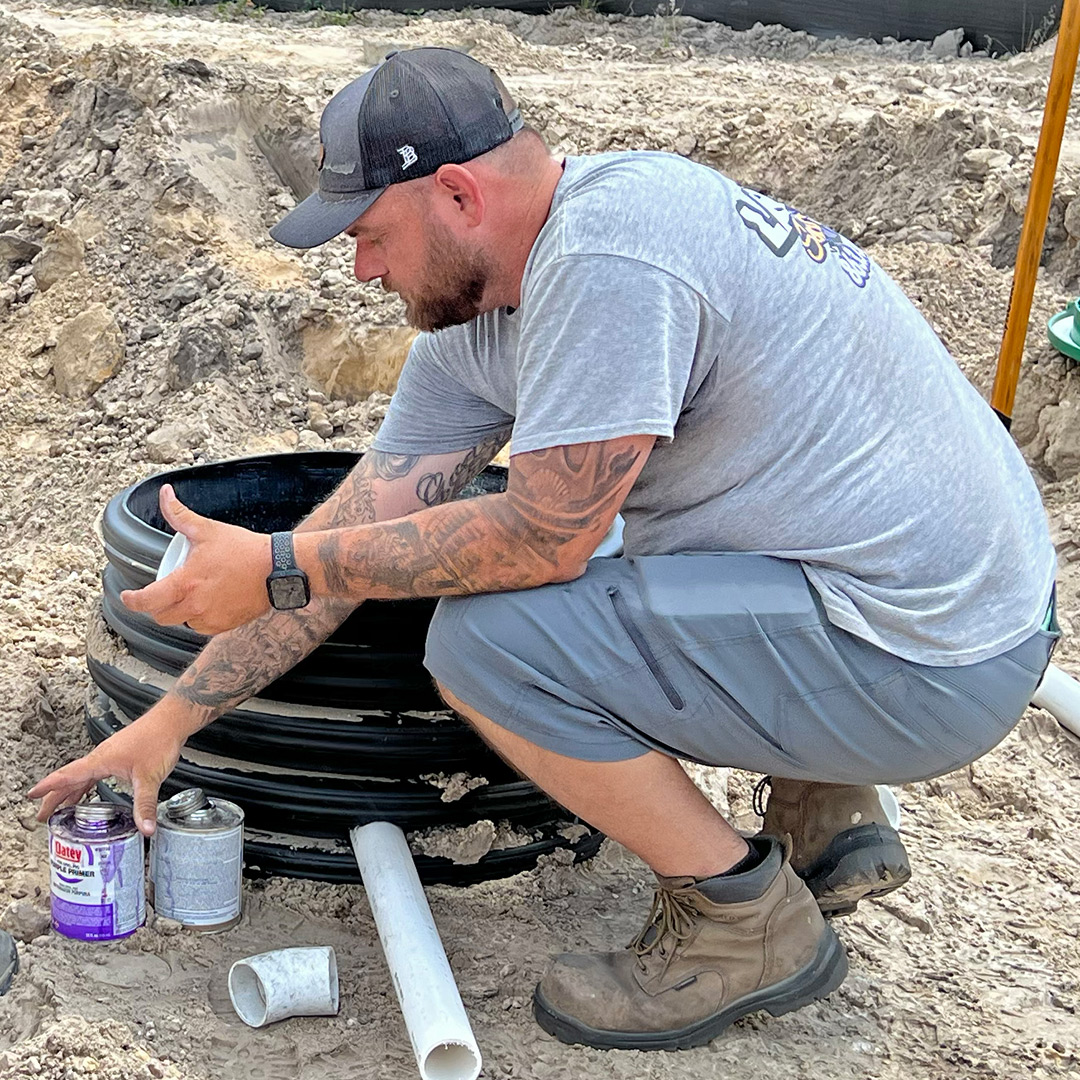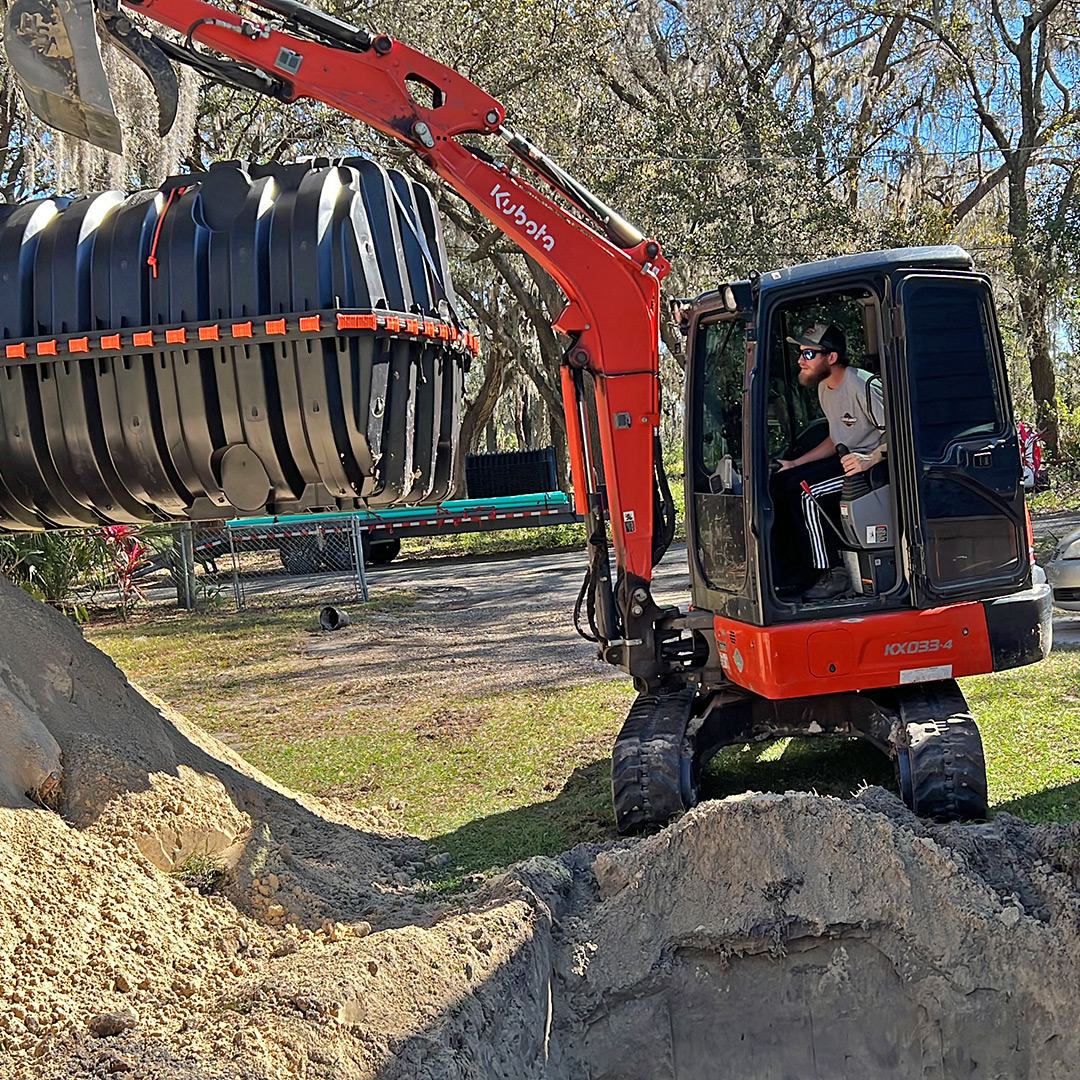Installing A Septic Tank
If you’re in the market for a new home, one thing you may not even be thinking about is if you’ll be on a typical sewer system or not. More remote areas, or even just some newer developments may require a septic system to be installed at your home. This includes a septic tank, leach field (where water impurities drain), and some regular maintenance from septic system professionals. Are septic systems new to you? Are you moving to a home that requires a septic system to be installed? Read on to learn about some of the most important things to consider when approaching installing a septic tank.
 1. Consult a septic company
1. Consult a septic company
The very first thing to do is find a local septic company to help ensure that you’re approaching the install process correctly. Installing a septic tank is a complex plumbing endeavor which requires construction-installation permits as well as inspections. Permits typically cost around $400 but vary depending on where you live. Septic companies will ensure you’re meeting code, and help arrange soil tests, and organize the final inspections that are to be conducted by local authority representatives.
2. Not all septic systems are the same
One of the most important factors septic companies consider when choosing the right system, is how large your home is. For example, a two-bedroom home may only require a 750-gallon tank, whereas, a five-bedroom home may require a 2,000 gallon tanks. On top of house size, septic systems vary in material and type. Most commonly, septic tanks are made of concrete, but they can also be constructed of plastic or fiberglass. Concrete may crack overtime but is very sturdy during install. The two types of systems are:
- The more common, Anaerobic system, which doesn’t require oxygen to break down waste and costs around $3,000-$8,000
- The aerobic system, which costs substantially more ($10,000-$18,000) but is less susceptible to costly repairs and maintenance.
3. Determine the ideal location
With the help of your septic professional, you’ll be able to determine the best location for your tank and leach field. A few things they look out for are:
- Surface runoff areas — they avoid these areas to avoid back up for your septic system
- Dense tree roots may damage installed pipes as the years go on
- Flat areas are ideal due to less excavation work
- They must follow local regulations of how far away the system should be
 4. Get to digging
4. Get to digging
Once all of the above information and pre-work is done, it’s time for the professionals to start excavation and installation of the system. As they complete this, it’s important to prepare for a water outage.
When completed, those final inspections will be conducted and once approved, you’ll have a functional septic system. If you’re in the market for a new septic system installation at your home, call the professionals at Lakeland Septic for assistance.
Septic Professionals In Lakeland, Florida
If you’re in the Polk County area and need septic services, call (863) 738-0504 today or fill out our contact form. We can evaluate your yard or lot to ensure the best possible approach is taken when installing your septic system.


